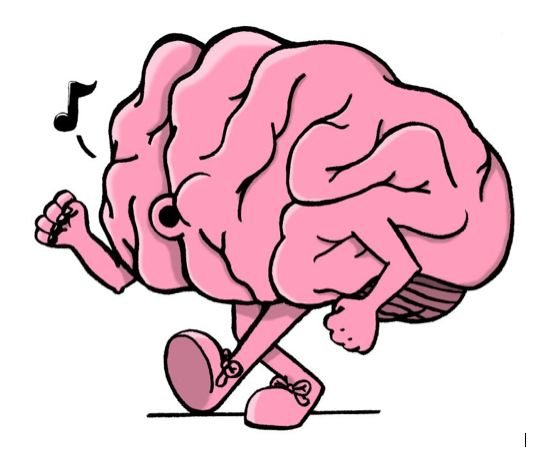That was one of a myriad of real-life horror stories shared at the second in a series of presentations on living with addiction, held last night at the Marblehead library. The series is free to the public, sponsored by a local charity, the 3 Voices. The next presentation will be held on June 4.
Her daughter was frantic – consumed and fueled physically, mentally and emotionally by her disease. Her mother was willing to sacrifice her own life to prevent her from using again. At the last second she swerved and the car ended up on the sidewalk.
What causes someone to purposefully almost kill a parent? Drug addiction.
[The statistics are staggering. According to the National Survey on Drug Use and Health, 19.7 million American adults (aged 12 and older) – that’s 6% of us! – battled a substance use disorder in 2017.]
What causes someone to literally defy death? Love and faith.
Which is more powerful? Right. Addiction can’t be overcome with serenity, courage and wisdom alone; it takes love and faith.
Love is natural; we don’t need to “do” anything to be affected by it – though as my teacher said yesterday, it’s often easier to do the right thing for someone we love than ourselves. [Keep reading; thankfully, faith engenders love for oneself.]
Faith, or complete trust in something that can’t be proven, isn’t natural; it’s typically inspired in moments of utter despair and hopelessness when we are forced to admit that without it we can’t go on.
But there is an alternative, easier, more mundane path to finding faith; ironically, it’s a science.
It’s an ancient practice of self-awareness; specifically, understanding how our minds function, and more importantly, recognizing the distinction between our functioning mind (evidenced by our thoughts), and our consciousness (evidenced by the awareness OF our thoughts).
Consciousness – your awareness – is eternal. It literally never changes. Nothing affects it. While what you’re aware of changes constantly, your awareness itself never does. Science can’t explain it, yet you KNOW it’s real since without it, you wouldn’t realize you’re alive!
The realization that an aspect of you is unaffected by anything – and that it isn’t “born” and doesn’t “die” in the same sense that our body and mind eventually will – sparks faith in the existence of something beyond human comprehension, something that can’t be proven, something essentially divine: the source of our consciousness.
Practice self-awareness. Learn to distinguish between your perpetually changing thoughts, and your immutable awareness OF them.
The spark of faith will come as an “Aha moment”. Once ignited, faith can’t be extinguished – and you will forever be blessed with the most powerful force on earth!
God bless all of us; especially the families of those suffering from the scourge of addiction.










